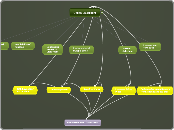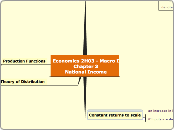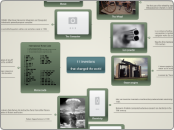por james mooney hace 10 años
157
Issues and Problems
The debate between directed and constructivist teaching strategies in mathematics, known as the 'Math wars,' continues to be unresolved. Recent studies suggest that students may benefit more from a constructivist approach, which emphasizes active learning and discovery.









